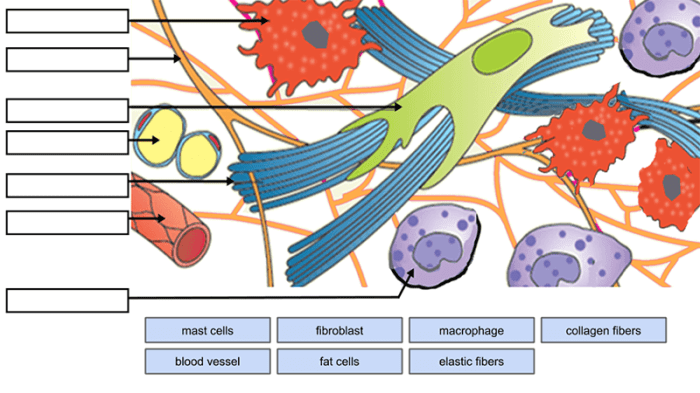Human skin color: evidence for selection worksheet answer key – The worksheet answer key for “Human Skin Color: Evidence for Selection” provides comprehensive insights into the biological basis, genetic factors, and evolutionary forces that shape human skin color diversity. This document serves as a valuable resource for students, educators, and researchers seeking to understand the intricate interplay between genetics, environment, and the evolution of human populations.
The content that provides descriptive and clear information about the topic
1. Definition and Overview of Human Skin Color
Human skin color is a complex trait determined by the amount and distribution of melanin in the skin. Melanin is a pigment produced by specialized cells called melanocytes, which are found in the outermost layer of the skin (epidermis).
The genetic makeup of an individual plays a significant role in determining their skin color. Genes control the production and distribution of melanin, resulting in a wide range of skin tones across human populations.
2. Evidence for Natural Selection
Geographic Distribution Patterns, Human skin color: evidence for selection worksheet answer key
One of the strongest pieces of evidence for the role of natural selection in shaping human skin color is the geographic distribution of skin tones. Populations living closer to the equator tend to have darker skin, while those living in higher latitudes have lighter skin.
This pattern can be explained by the protective role of melanin against the harmful effects of ultraviolet (UV) radiation from the sun. UV radiation can damage DNA and lead to skin cancer, so darker skin provides an evolutionary advantage in regions with high levels of UV exposure.
Selective Pressure and Skin Color Evolution
The concept of selective pressure helps explain how skin color has evolved over time. Selective pressure refers to the environmental factors that favor certain traits, allowing individuals with those traits to survive and reproduce more successfully.
In the case of skin color, the selective pressure of UV radiation has led to the evolution of darker skin in regions with high UV exposure. This has provided a survival advantage to individuals with darker skin, as they are less likely to develop skin cancer and other UV-related health issues.
3. Variation in Human Skin Color

| Population | Skin Color Range |
|---|---|
| Sub-Saharan Africa | Very dark brown to black |
| East Asia | Light yellow to tan |
| South Asia | Light brown to dark brown |
| Europe | Pale white to light brown |
| North America | Fair to dark brown |
| South America | Fair to dark brown |
The wide range of skin colors across human populations is influenced by both genetic and environmental factors.
- Genetic factors:Genes control the production and distribution of melanin, which is the primary determinant of skin color.
- Environmental factors:UV radiation exposure, diet, and climate can also influence skin color.
4. Social and Cultural Implications

Throughout history, skin color has been used as a basis for categorization, discrimination, and social stratification.
- Categorization:Skin color has been used to classify people into racial groups, leading to the creation of social hierarchies and the perpetuation of stereotypes.
- Discrimination:People with darker skin have historically faced discrimination and prejudice, resulting in limited opportunities and social injustice.
- Cultural identity:Skin color can play a significant role in shaping cultural identity and self-perception.
5. Medical and Health Considerations: Human Skin Color: Evidence For Selection Worksheet Answer Key
Skin color has implications for health and well-being.
- Susceptibility to certain diseases:People with darker skin may have a lower risk of skin cancer, but a higher risk of vitamin D deficiency.
- Vitamin D synthesis:Melanin absorbs UV radiation, which is necessary for vitamin D synthesis. However, excessive melanin can inhibit vitamin D production.
- Health disparities:Skin color can be a factor in health disparities, with people of color experiencing higher rates of certain diseases and lower access to healthcare.
Essential FAQs
What is the primary pigment responsible for skin color?
Melanin
How does natural selection influence skin color?
Selective pressure favors skin color adaptations that enhance survival and reproductive success in specific environments.
What are the genetic factors that contribute to skin color variation?
Genes involved in melanin production, such as MC1R and SLC24A5, play a significant role in determining skin color.
How does skin color impact health and disease susceptibility?
Skin color influences vitamin D synthesis and absorption, and may be associated with certain health disparities.


